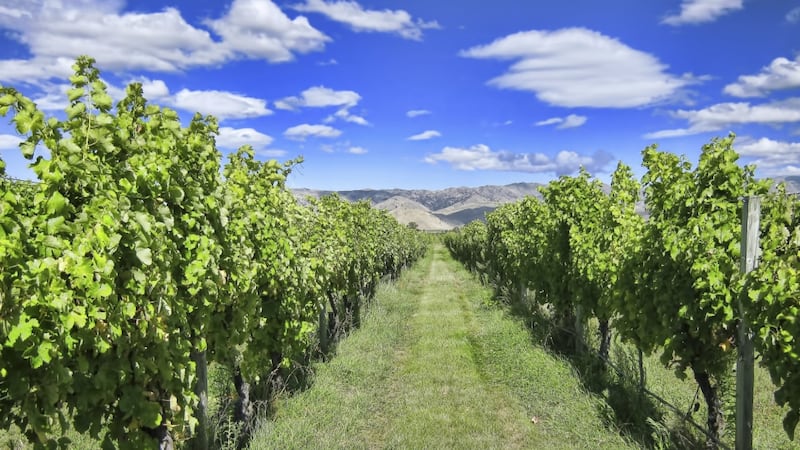I hope the sun is shining on you, whether you have installed yourself in a holiday cottage or have returned back home craving another few rays. Once the sun comes out, we instantly become more relaxed and switch to more casual clothing and eating.
Wine sometimes becomes a means of quenching our thirst, something cold, refreshing and preferably not too sophisticated. A bottle of your finest wine will be wasted if drunk out in the sunshine with a gang of friends. Having said that, for every euro or more you spend, you will notice an increase in both quality and interest. I suggested six white wines for summer a few weeks back. These will all do very nicely but if white wine is your favoured tipple, why not experiment a little rather than sticking to a diet of Pinot Grigio, Sauvignon Blanc, or Chardonnay. There are hundreds of different grape varieties planted in the various regions of the wine world, although most will be found in Europe. Not all of them are worth trying (lack of quality may explain their obscurity) but many of them offer something interesting without being radically different from the mainstream varieties.
Already this year, I took a look at Riesling from Germany and Riesling and Grüner Veltliner from Austria; all of these will make for excellent summer drinking. I also recommended Italy as a source of interesting white wines. After these I would turn my attention to Galicia in northwest Spain and the refreshing, satisfying wines of Rías Baixas, Valdeorras, Monterrei and Ribeiro. Rías Baixas is certainly on our radar and appears in every shop or supermarket, but the other three regions mentioned are also well worth seeking out; there are some wonderful wines.

If Albariño from Rías Baixas is your favourite, then do not ignore the equally delicious Alvarinos from northern Portugal; this is exactly the same grape variety and some of the wines are superb. In addition to these, Portugal is making increasingly good wines from other native varieties such as Encruzado, Arinto and Antão Vaz. Returning to Spain, Txacoli, once one of the most récherché wines of all, is now in danger of becoming mainstream, with four wine importers offering their version. Pronounced tchac-o-lee, it is produced in the Basque country, and traditionally poured into glasses from a height. It is one of the lightest and most citrusy of all wines, great on a summer’s day with a plate of mussels or other shellfish.
Wines from the Loire valley are becoming increasingly trendy in the wine bars of London and New York and not just for Sauvignon Blanc. Good as Sancerre, Pouilly-Fumé and Touraine can be, this is one of the most rewarding regions offering fresh, mouth-watering Muscadet, and Chenin Blanc in all its forms. If you are serving food, the richer whites from the south of France, made from Grenache Blanc, Viognier, Roussanne and Marsanne are prefect.
But the most interesting sources of esoteric wines must surely be the eastern Mediterranean and central Europe. Greece probably has the greatest collection of indigenous grape varieties, but Hungary can also offer the adventurous wine drinker something new. I covered Greece earlier this year, but a recent tasting with Wines on the Green confirmed that the white wines of Greece should not be ignored. From Hungary you are most likely to come across dry Tokaji, made either from Furmint or Hárslevelü, that can be excellent, particularly with food. Mitchell & Son even have a very tasty sparkling version. Continuing our wine tour further south to the Balkans, both Slovenia and Croatia produce plenty of excellent white wines; the only problem is finding them on sale here in Ireland.
Once the temperature starts to rise, we also start serving lighter, refreshing salads – perfect for warmer weather. These are not always easy to match with wine. The combination of vinegar and heavy oils (and sometimes sugar and chilli too) can present any wine with a challenge. I find it helps if you make dressings with lemon juice rather than vinegar.
This is where white wines come into their own. You can serve lighter red wines, lightly chilled, or a rosé, but if you are having a casual al fresco lunch, a light crisp white is often the best option. Perhaps this year we can all try something a little bit more unusual?










